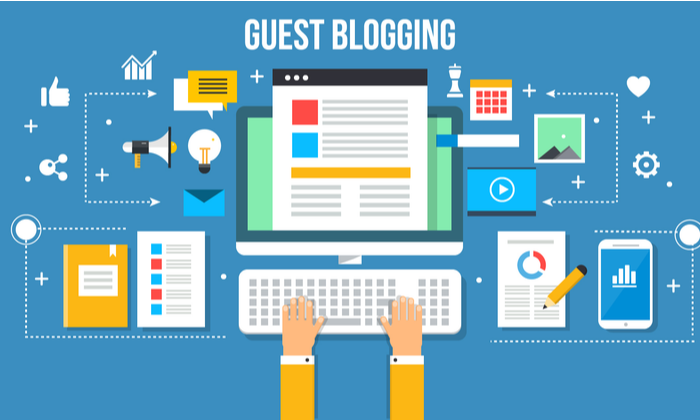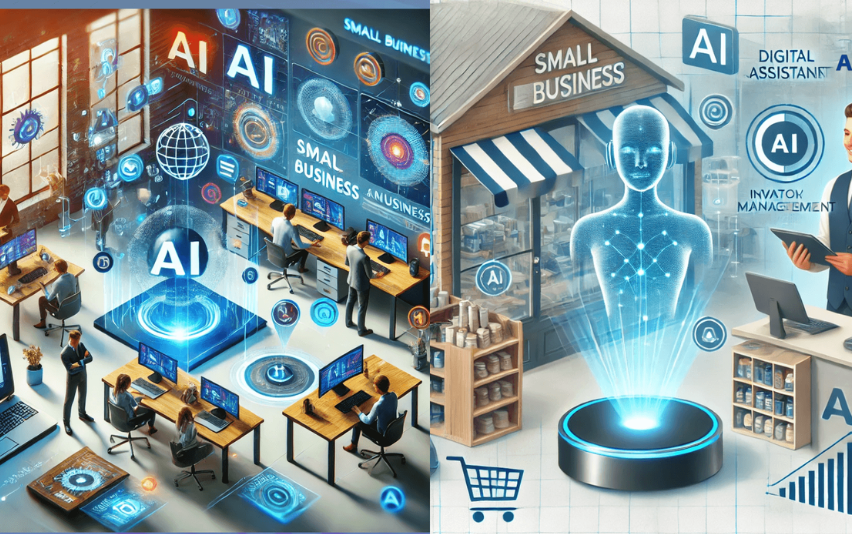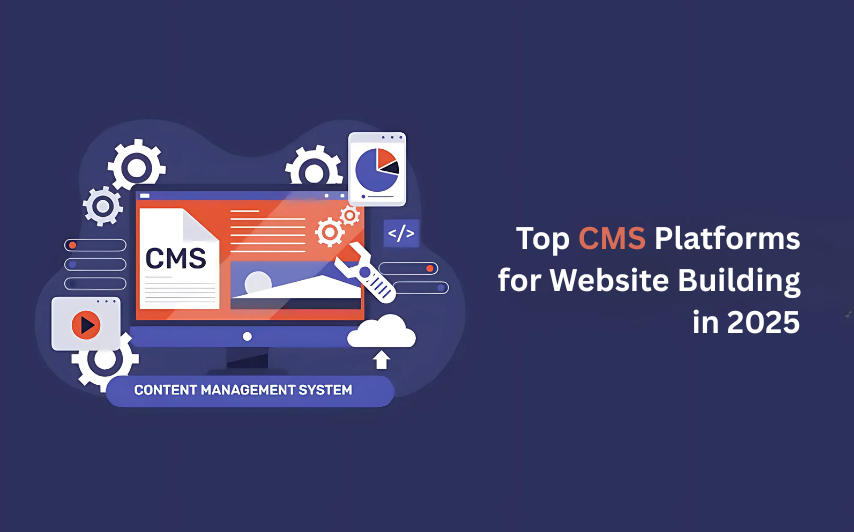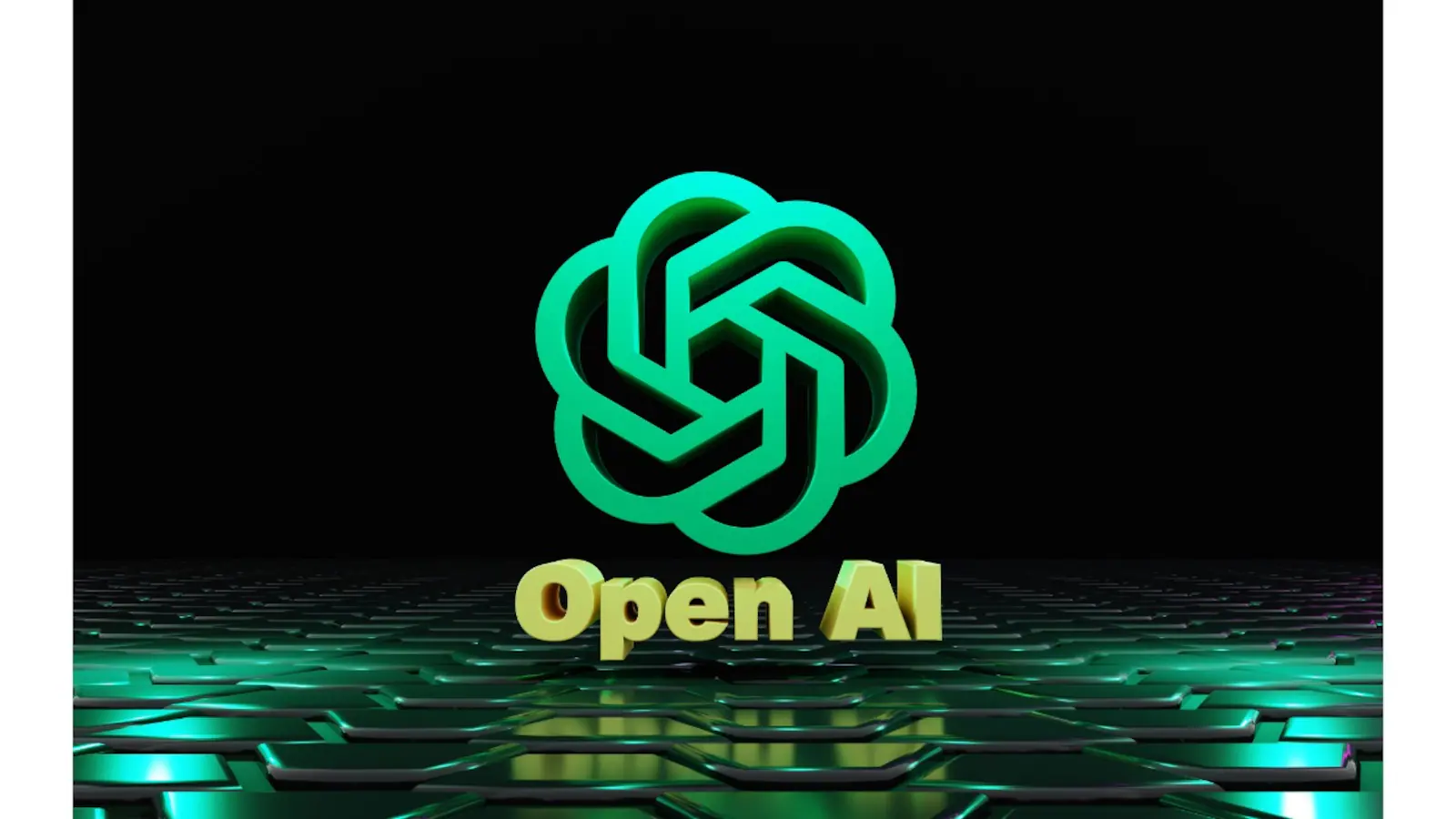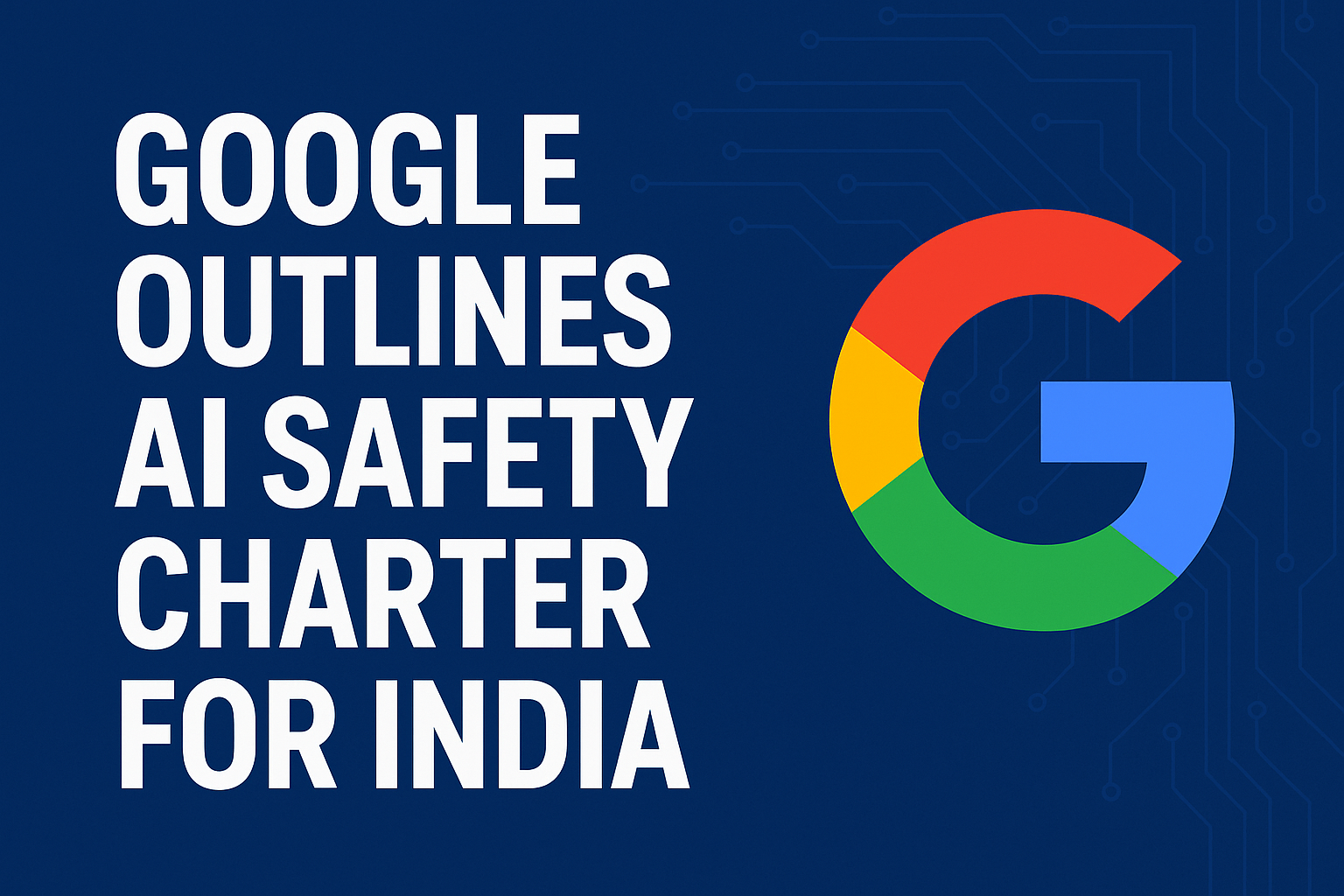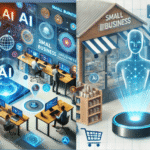Introduction: Why Machine Learning Trends Matter in 2025
Machine learning is no longer just a buzzword. It’s the engine driving automation, personalization, and predictive analytics across every sector. In 2025, businesses that fail to keep up with machine learning trends risk falling behind competitors who are using AI and ML to optimize operations, enhance customer experience, and forecast demand.
Whether you’re a data scientist, startup founder, or marketer, staying ahead of these trends isn’t optional — it’s essential.
Let’s dive into the top 5 machine learning trends that are shaping 2025.
1. AI-Powered Personalization Will Dominate Marketing and E-Commerce
In 2025, consumers expect highly tailored experiences. Thanks to AI personalization tools, machine learning algorithms can now process browsing habits, purchase history, and even emotional cues to serve hyper-targeted content.
E-commerce giants are leveraging machine learning models to offer smarter product recommendation engines. For example, Amazon’s and Netflix’s success hinges on algorithms that understand user preferences better than users themselves.
Why It Matters:
Brands that use AI-driven personalization see:
- Increased conversion rates
- Higher average order value
- Improved customer loyalty
Want to beat the competition? Embrace machine learning for personalized marketing.
2. The Rise of Edge AI and Machine Learning at the Edge
One of the most significant machine learning innovations in recent years is the move from cloud-based to edge-based processing.
In simple terms, edge AI means running ML models on local devices—think smart cameras, IoT devices, and smartphones—rather than relying solely on cloud data centers.
Benefits of Edge AI:
- Real-time analytics with ultra-low latency
- Better data privacy and security
- Reduced bandwidth costs
Edge computing and on-device machine learning will become non-negotiable for industries like healthcare, manufacturing, and automotive where real-time decision-making is critical.
3. AutoML Tools Making AI More Accessible
In 2025, even non-coders are building machine learning models. Thanks to AutoML platforms, the barrier to entry is lower than ever.
AutoML (Automated Machine Learning) refers to tools that automate the process of training and deploying models. Google Cloud AutoML, Microsoft Azure ML, and Amazon SageMaker Autopilot are leading the charge.
What AutoML Offers:
- Faster model development
- Democratization of data science
- Cost savings on data teams
Businesses are increasingly turning to no-code AI platforms to prototype quickly and test ideas without hiring a full AI team.
4. Responsible AI and Ethical Machine Learning Are No Longer Optional
As AI models touch sensitive areas like healthcare, finance, and law enforcement, ethical machine learning is becoming a critical focus.
Regulators are also catching up. From the EU’s AI Act to the U.S. Blueprint for an AI Bill of Rights, frameworks are being put in place to enforce fairness, transparency, and accountability.
Why You Should Care:
- Legal compliance (think GDPR for AI)
- Avoiding algorithmic bias
- Building trust with users
In 2025, businesses must adopt responsible AI frameworks not just for compliance—but for competitive advantage.
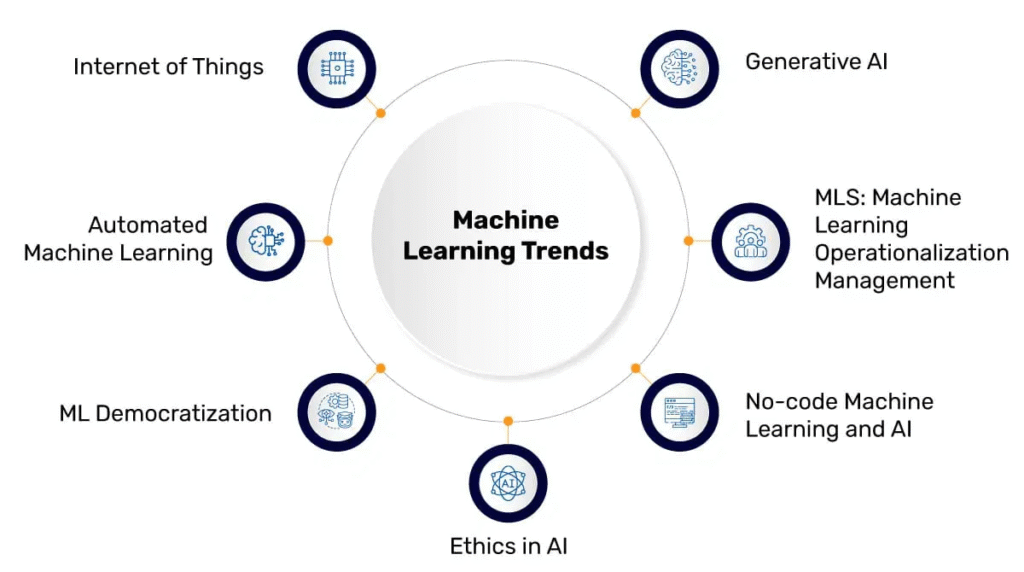
5. Generative AI Is Reshaping Content, Code, and Creativity
If 2023 was the year of ChatGPT, 2025 is the year of enterprise-grade generative AI. From marketing to software development, generative models like GPT-4o and DALL·E are being integrated into workflows to boost productivity.
These tools can:
- Write ad copy
- Generate SEO blog posts
- Draft code snippets
- Design UI components
Key Insight:
Generative AI will shift how we create, collaborate, and consume content. Companies using these tools report significant time savings and creative flexibility.
Bonus Trend: AI Model Compression and Green AI
As sustainability becomes a core business value, Green AI is emerging as a vital trend. Training large ML models requires massive energy. In 2025, we’re seeing innovation in model compression, pruning, and quantization to make models more eco-friendly.
Companies are exploring energy-efficient AI architectures that reduce carbon footprint without sacrificing accuracy.
Adapting to the Future of Machine Learning
The future of machine learning is already here—and it’s evolving fast. Whether you’re a developer, CEO, or digital marketer, understanding these machine learning trends is key to staying ahead.
Embrace AI personalization to enhance customer experience
Deploy edge AI to enable real-time intelligence
Leverage AutoML for faster model delivery
Invest in responsible AI for ethical compliance
Tap into generative AI tools to boost creative output
Frequently Asked Questions (FAQs)
Q1. What are the top machine learning tools in 2025?
A: Top ML tools in 2025 include TensorFlow, PyTorch, AutoML platforms (like Google Cloud AutoML), Hugging Face Transformers, and generative models like GPT-4o.
Q2. How is machine learning used in daily life?
A: From Netflix recommendations to spam detection and smart assistants, machine learning applications in daily life are all around us.
Q3. Is machine learning hard to learn?
A: With the rise of no-code AI tools, learning machine learning is more accessible than ever for non-technical users.


